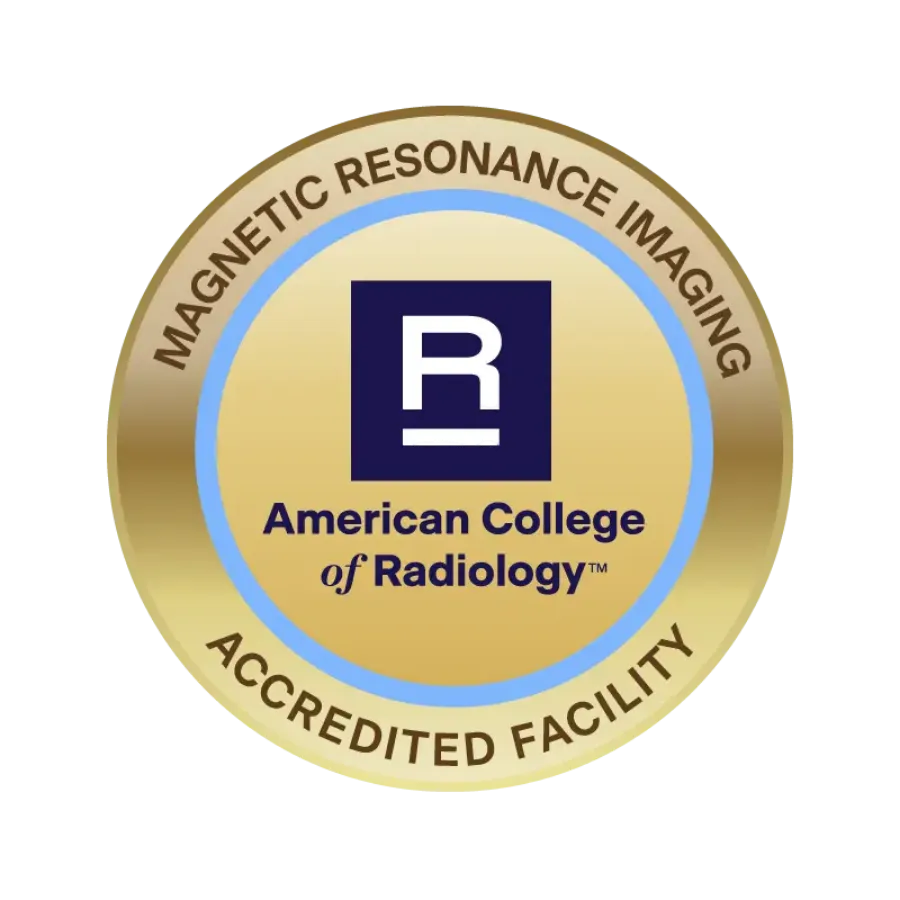Advanced Orthopedic Imaging Services

Imaging with MRI and X-Ray

Diagnostic Imaging Services
Coastal Orthopedics is pleased to offer state-of-the-art diagnostic imaging services for our patients, including digital x-rays, MRI, and arthrograms.
X-Ray
Digital x-rays are superior to traditional film x-rays because they provide larger, clearer, color-enhanced images that result in a more accurate diagnosis. The newly implemented digital imaging plates allow for faster and easier positioning, which can lead to less stress for injured or ill patients. X-ray is available at each of our clinic locations.
Our MRI facility is equipped with a state-of-the-art Siemens 1.5T magnet that has been refined to the specifications of our physicians and produces the best images around. Upon completion of the scan, images are sent directly to our server and are available to your Coastal Orthopedics physician at any one of our three facilities. This is a convenient feature that is only available when scanned at Coastal Orthopedics.
MRI
An MRI (Magnetic Resonance Imaging) is a safe, painless imaging test that uses a powerful magnet and radio waves—not radiation—to capture highly detailed images of your bones, joints, muscles, and soft tissues. It helps your provider diagnose injuries, inflammation, and other conditions with exceptional clarity.
What to Expect During an MRI
You’ll lie comfortably on a table that moves into the MRI scanner. The machine makes loud tapping or knocking sounds during imaging, and you’ll receive earplugs or headphones for comfort. The exam is painless, but staying still is important for clear images. In some cases, a contrast agent may be used to enhance visibility of certain structures.
The Benefits of Our MRI Technology at Coastal Orthopedics
Coastal Orthopedics is equipped with a state-of-the-art Siemens 1.5T MRI magnet, refined to the specific needs of our physicians to produce some of the clearest and highest-quality images available. Once your scan is complete, images are sent directly to our secure server and are immediately accessible to your Coastal Orthopedics provider at any of our three locations—a convenience available exclusively to patients scanned at Coastal.
How Should You Prepare for an MRI?
Most patients do not need any special preparation and may eat, drink, and take medications as usual. Wear comfortable clothing and follow MRI safety screening instructions provided at scheduling.
What Are Some MRI Safety Considerations?
Because MRI uses a strong magnetic field, please inform us if you have any metal implants or devices such as pacemakers, aneurysm clips, cochlear implants, neurostimulators, or medication pumps. You’ll be asked to remove items like jewelry, watches, keys, and credit cards before entering the exam room.
How Long Does an MRI Take?
Most MRI exams take 30–60 minutes, depending on the area being scanned.
What to Expect After an MRI Exam
You can return to your normal routine immediately. Your referring provider will receive a radiologist’s report—typically within 48 hours—and will review the results with you.
Arthrogram
An arthrogram is a specialized imaging test used to evaluate the inside of a joint—such as the shoulder, hip, knee, wrist, or ankle. It combines a contrast injection with an MRI to give your provider a clearer view of ligaments, cartilage, and other soft-tissue structures.
What to Expect During an Arthrogram
You’ll first have basic imaging of the joint. Then, a physician injects a small amount of contrast dye into the joint using X-ray guidance. The dye outlines the internal structures, making them easier to see. After the injection, you’ll return to the MRI scanner for detailed images. The entire process typically takes about 1.5–2 hours from start to finish.
How Should You Prepare for an Arthrogram?
No special prep is required. Wear comfortable clothing with easy access to the joint being examined. Standard MRI safety guidelines still apply.
Who Performs the Arthrogram?
A Coastal Orthopedics physician performs the contrast injection, and a radiologist interprets the MRI images and sends a formal report to your referring provider.
What Are the Risks of an Arthrogram?
Arthrograms are considered very safe. Rare risks include infection or an allergic reaction to the contrast dye. Serious complications are extremely uncommon.
What Can an Arthrogram Detect that an MRI Can Not?
Because an arthrogram provides clearer, more detailed images, it can help detect issues that may not appear on a standard MRI, such as:
- Shoulder instability or labral tears
- Hip labral tears
- Wrist ligament injuries
- Other soft-tissue or cartilage damage


